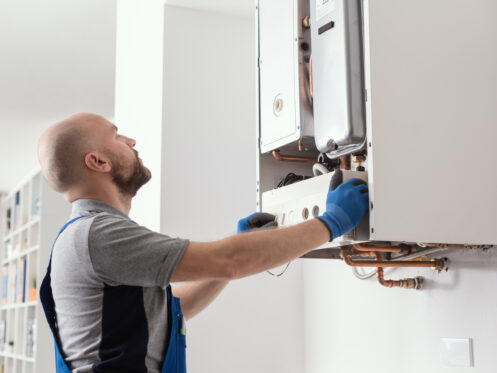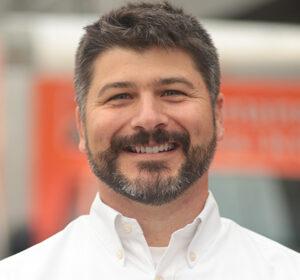Did you know that the technology behind your water heater is over a hundred years old? The patents for both tankless and tank-type water heaters were filed by mechanical engineer Edwin Ruud in the 19th century. Automatic water heaters started as a luxury and quickly became a necessity as the product began changing life in American households from coast to coast.
Of course, the equipment itself has made dramatic advancements since 1889 in efficiency, convenience, and durability. The design of the modern water heater is leaps and bounds ahead of the products on the market just ten years ago, never mind the original concept. Still, any system that has stayed in practice for over a century must be doing something right.
Let’s talk about the technology of your water heater. Understanding how the process works will help you cut through the jargon when making your purchase. Here’s how a water heater works, as described by our experts in layman’s terms.
A Simple Guide to Water Heating Technology
We mentioned above that Edwin Ruud invented two separate types of water heating systems: tankless and tank-type. The process of getting hot water to your faucet, shower, or other hot water fixture can be broken down into three simple steps:
- Bringing in the Cold Water – Your water heater is connected to your main water line via a “dip tube.” This element fills the storage tank by balancing pressure. All water heater dip tubes should feature an automatic shut-off valve – this way if the pressure inside of the tank has failed (i.e. you’ve sprung a leak), the valve closes to avoid wasting water.
- Heating the Water – Here’s where tank-types and tankless do it differently. In a conventional tank-type water heater, the water is kept in a 40 to 60-gallon insulated cylinder at a constant temperature ranging between 120 and 180 degrees. Since heat rises, the water at the top of the tank is always the hottest. The water at the bottom is heated by a burner or element, which is controlled by the thermostat. A tankless water heater removes the storage phase entirely. Instead, the cold water is released and heated in a series of copper appliance coils. It may take longer for the hot water to get to you, but you do save a great deal of energy by not heating water constantly during the day.
- Sending it to the Fixture – The “heat-out pipe,” located at the top of the tank, releases hot water when a faucet is opened, siphoning the water with high pressure. The hot water is pumped out against gravity until it reaches you.
Want to learn more about water heater technology? Just ask an expert plumber at 3 Mountains Home Services! If your water heater in Portland needs maintenance, replacement, or repair, call us at 503-389-0900 for a consultation today.


